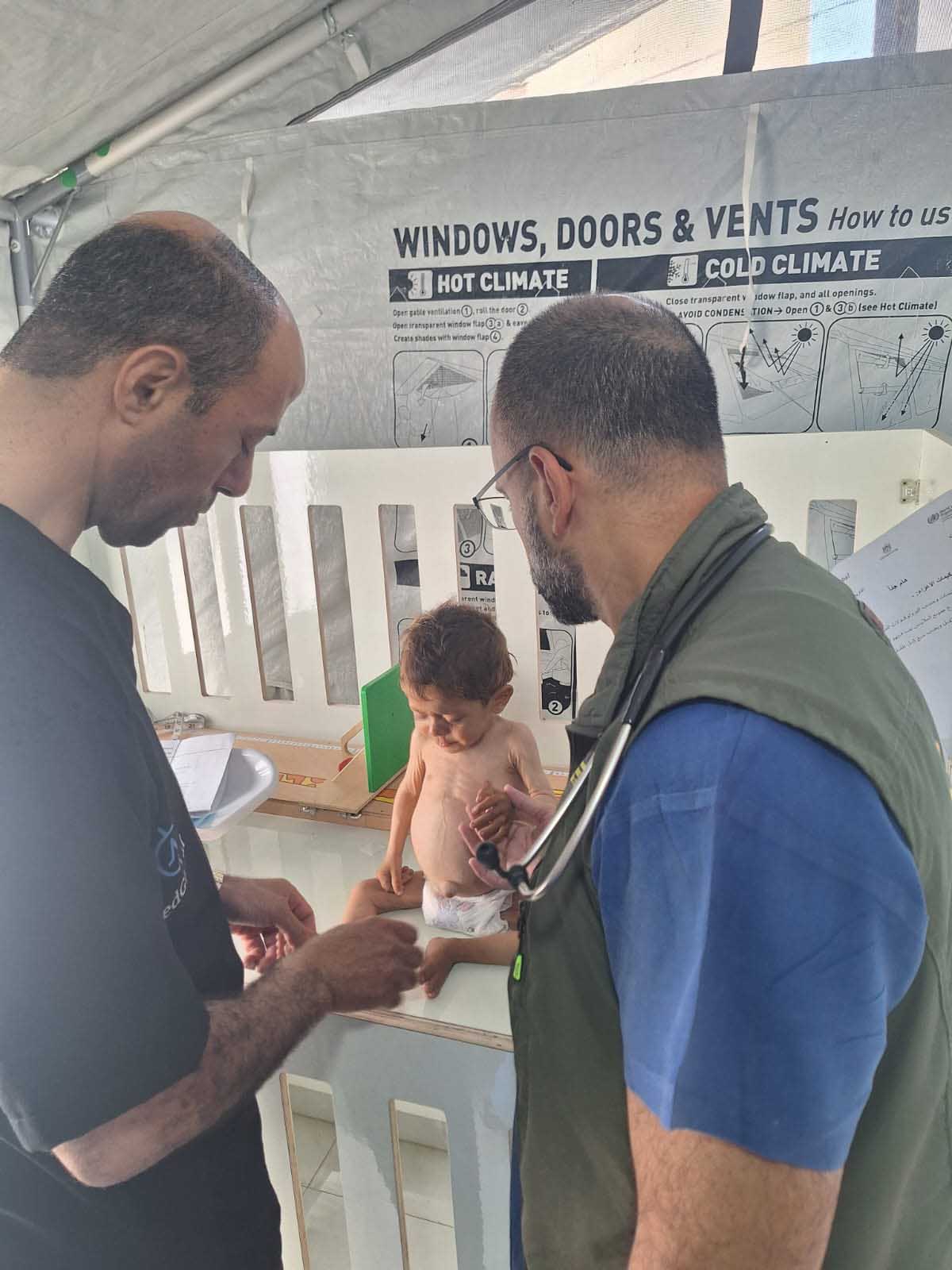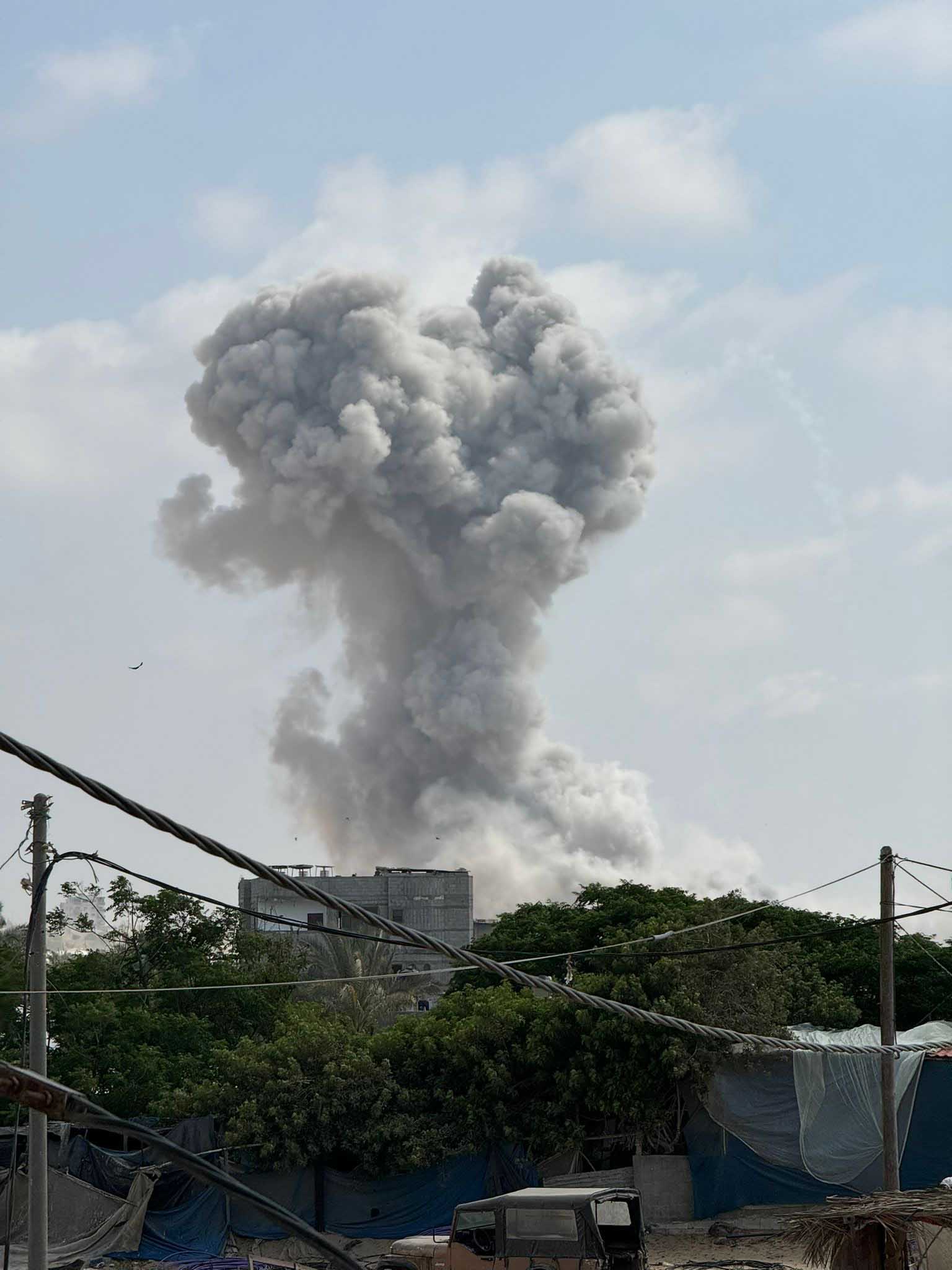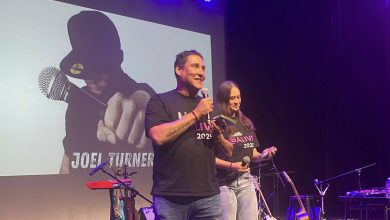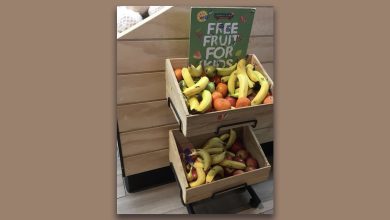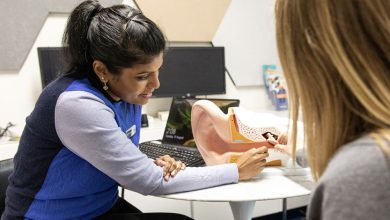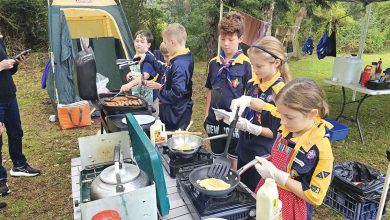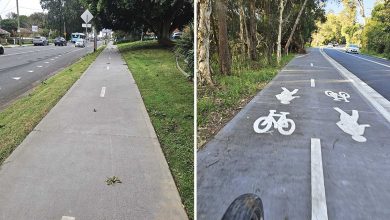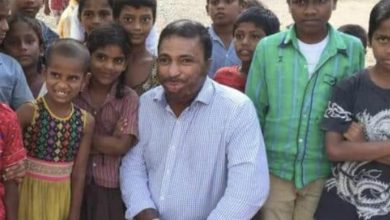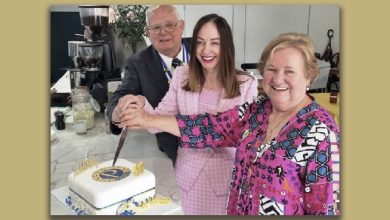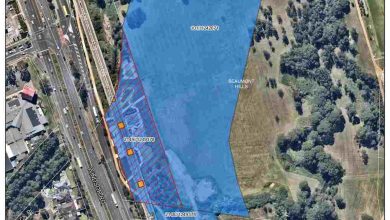A Glimpse into the Reality of a Medical Mission in Gaza: Reflections from the Field.
By Dr Siraj Sira (15 – 29th April 2024)
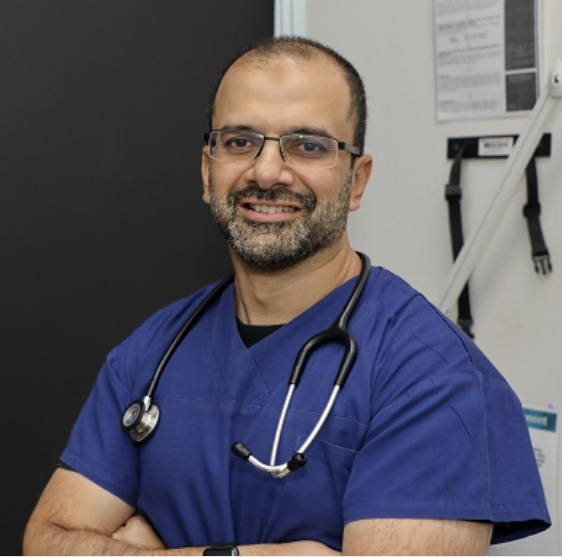
The two-week medical mission I recently embarked on in Gaza, left an unforgettable mark on my soul. Words alone cannot encapsulate the depth of what I witnessed during my time there. My name is Siraj Sira.
I am a Castle Hill resident, a GP in Sydney and the co-founder and chairperson of Global Medical Foundation Australia (GMF Australia), a not-for-profit organisation providing medical and humanitarian aid to underprivileged people, around the world.
In April, GMF Australia’s medical team embarked on an UN-sanctioned mission to Gaza. After obtaining permits, we travelled to Cairo for security briefings from WHO and the UN. Carrying essential supplies, we joined a UN convoy through the Sinai desert to Gaza.
After a 550 km journey taking over 5 hours and passing numerous military checkpoints, we reached the Rafah crossing. There, hundreds of trucks loaded with supplies awaited entry. After offloading our supplies on the Egyptian side, we waited approximately 7 hours for clearance to cross into the Palestinian side, into Rafah, Gaza.
On arrival, my attention was drawn to the constant buzzing sounds of drones and gun shots at a distance. The drones were loud, almost imitating the vibrations of a lawn mower, but ever-present. We were received by our local partners and transported to the ‘safe house’ located in a designated deconflicted area, in Rafah, where volunteers stayed. Driving through dark, eerie streets, we passed many tents, home to around 1.5 million internally displaced people.
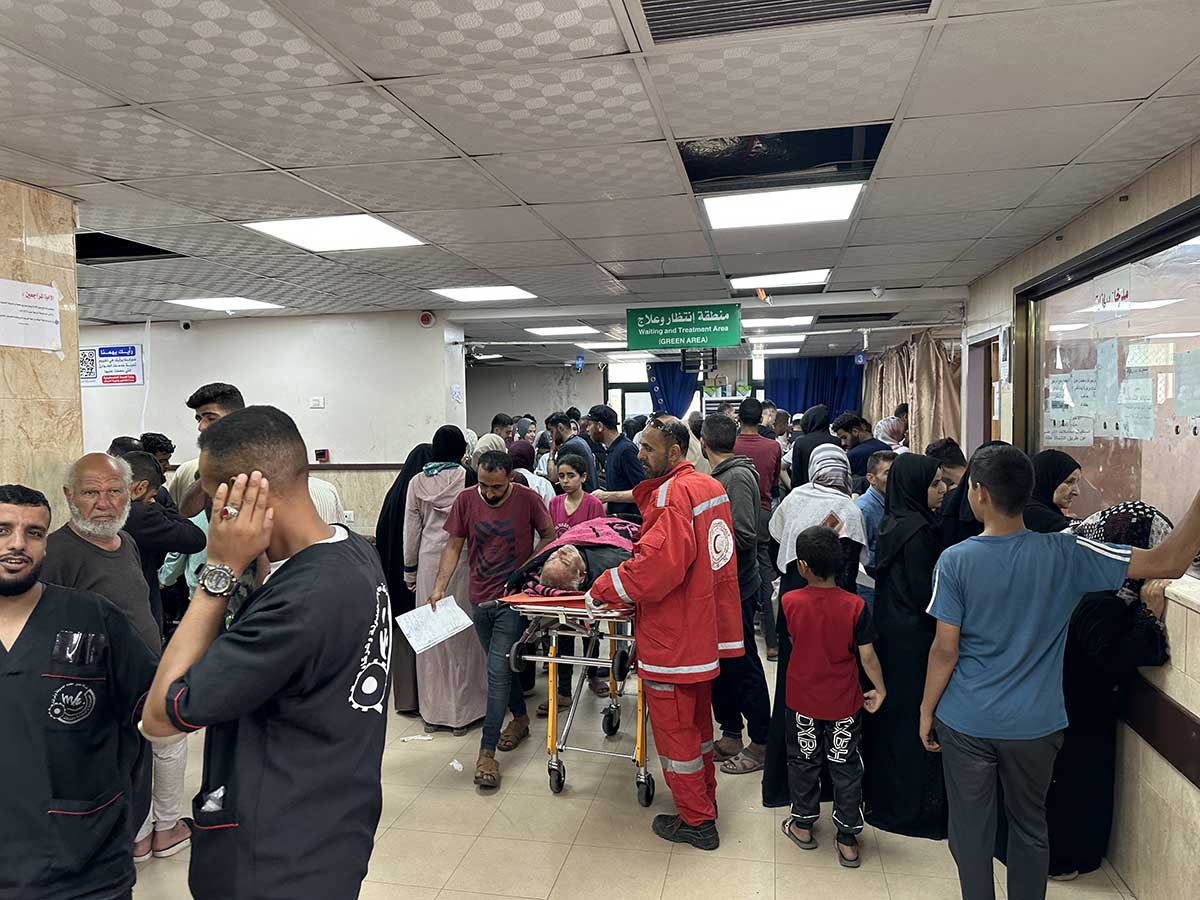
We managed to get a few hours of sleep, waking up regularly to the sound of bombs, at close intervals near to the safe house. The bombs were hollow, with a deep sound that reverberated throughout the surrounding areas.
I spent my first week working in a makeshift Primary Health Clinic (PHC) in Tal Al Sultan, Rafah. The roads leading to the PHC were lined with closely nestled tents and I could see the struggles the people of Gaza were facing. Whether it be waiting to get bread in a makeshift bakery or young children crowding around large water tankers, carrying containers in their little hands, people attempting to fish in the Mediterranean Sea, it was evident that people were struggling to live their daily lives.
I could see a sense of helplessness in the people, with no apparent end to this crisis in sight. As we approached the PHC, the “living standards” got progressively worse. Stagnant water, piles of garbage emanating an unbearable stench and sewage spilling out onto the streets. Children were seen picking things from the piles of garbage, a plastic bag maybe or something “useful” they could find, to help them survive the day. People were living in confined spaces, sharing 1-2 toilets for about 100-150 people and water was scarce.

Among the most touching cases were the children affected with severe, acute malnutrition and secondary infections. 1 in 10 children in the South of Gaza and 1 in 3 children in North Gaza were severely malnourished. It was disheartening to confront the harsh reality that, even in this modern age, children were suffering from malnutrition, when there were hundreds of trucks packed with food and essential supplies just a few kilometres away, across the border.
I was struggling to reconcile how humanity could not condemn such a crisis, and the irony of allowing young children to starve whilst denying the entry of supply trucks into Gaza. Other significant factors for malnutrition in children stemmed from the postpartum women who themselves grappled with malnourishment. The shortage of food meant that women were often restricted to one canned meal a day, if available.
Their struggle to produce an adequate supply of breast milk, was compounded by the pervasive lack of privacy within the tents. Many of the women I spoke with, had sought refuge in the confines of makeshift shelters, such as classrooms, in the local mosque or in tents on the footpaths. It was obvious that the blockade of supply of aid trucks was having a significant impact on the daily lives of the people, and I struggled to comprehend how we couldn’t resolve the situation when the solution was simple.
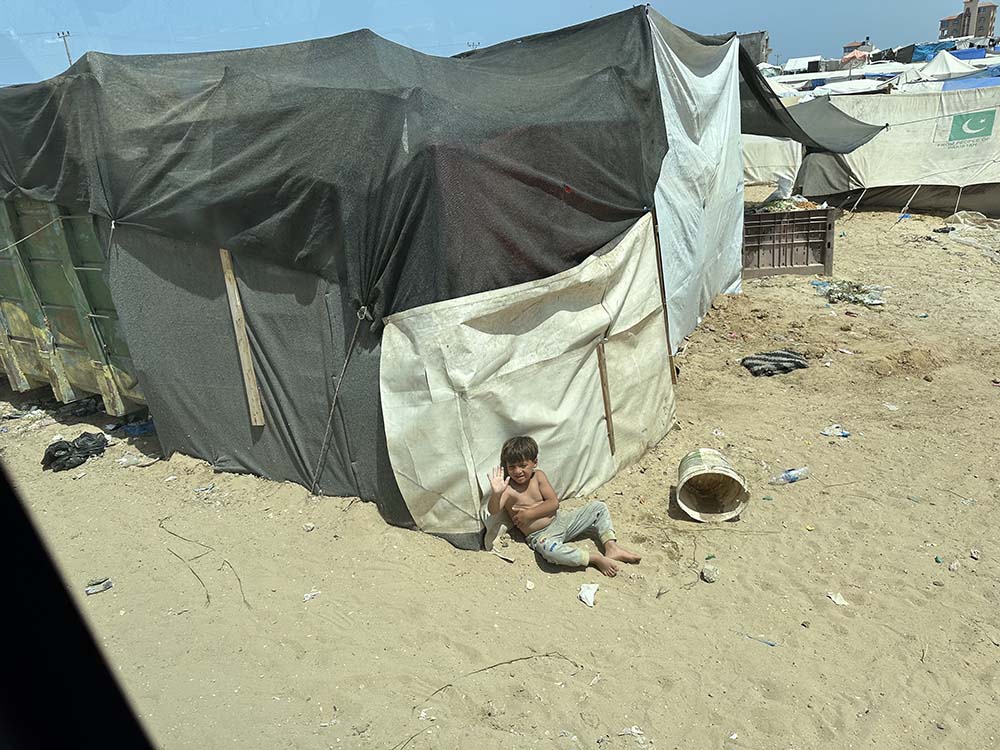
The incident occurred on my last day at the PHC, at the end of the first week. The chatter and noise from people in the corridor were suddenly compounded with the sounds of missiles flying in very close proximity to the clinic. The windows shook and the ground beneath me trembled.
There was sudden commotion inside the PHC, people running in all directions to the so-called safe areas within the building, away from windows. Instinctively, I rushed to see if anyone had been injured. I was quickly made aware that we had been hit by a large shrapnel. The shrapnel had penetrated the tin roof and landed in the empty consultation room opposite my station. Amongst the chaos, a man running through the door carrying a young boy, who to me looked around the ages of 3 or 4, and who I assumed to be his son.
The boy had sustained a shrapnel injury to his right elbow, was in complete shock and numb of emotion. Immediately, we attended to the young child, he was bleeding excessively from a large open wound, and we rushed to stabilise him. Just as we were stabilising this child, I got my call to evacuate the building. There was a high risk of further imminent attacks in the area and my safety was compromised. Prior to arrival in Gaza, we were briefed about the instructions of evacuation by the security forces. It was loud and clear,
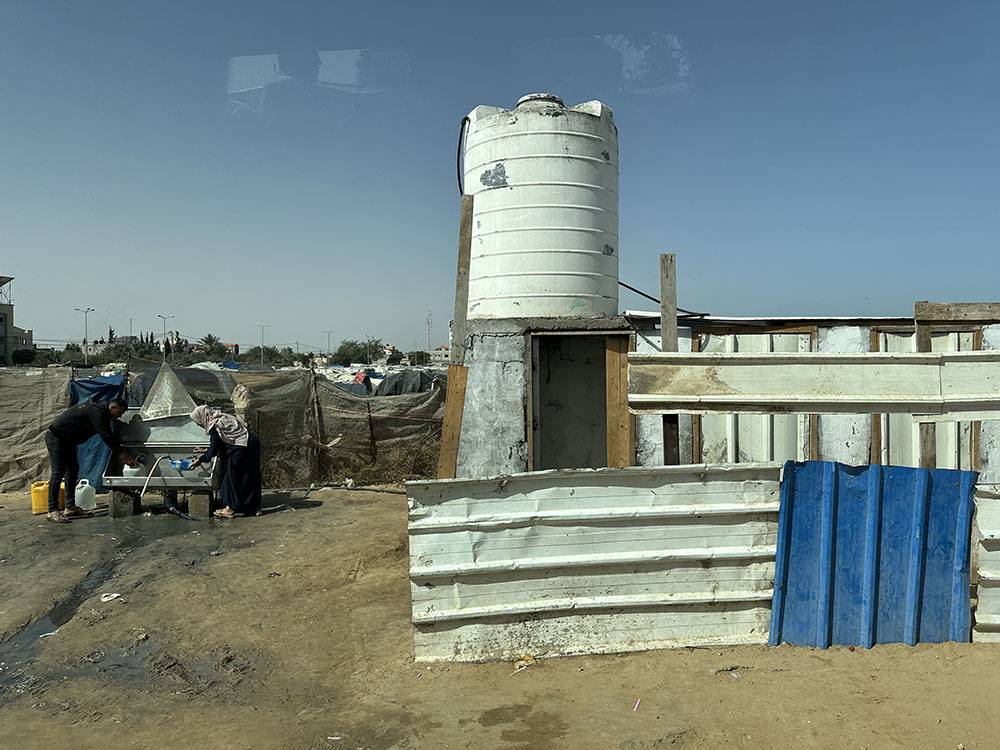
One of the most difficult situations I have ever experienced, as both a human and a doctor was to prioritise my safety and leave. I stalled the thought of leaving and continued to attend to the child. I had come to Gaza to help, in my ability as a doctor, and my conscience could not comprehend leaving a patient who was in need. Without a choice, I received my second call, and was escorted out of the building by the security team. I was angry, frustrated and immensely guilty.
I struggled to understand why my life had been valued more than another’s and why I had the privilege of leaving but they did not. Was it by chance that I was born elsewhere and not in Gaza, that I had the right to seek safety while others did not?
Even to this day, when I recall the events of that afternoon, I am overcome with a sense of guilt, that I had left a child who was injured and had walked out. I continually question how would I feel if that was my son? What if I was in that father’s position and the doctor walked out on me? Now, this guilt I will have to live with for the rest of my life.
Week 2: My experience at Al Aqsa Hospital, Deir Al Balah
Al Aqsa Hospital is one of the few remaining, functioning hospitals in Gaza. Originally a maternity hospital, but as a result of the decimation of the healthcare system across Gaza, is inundated with patients suffering trauma and complications due to acute and chronic conditions, daily.
My second week in Gaza was spent in this hospital. Hospitals were considered a safe refuge for families and people clustered in any space available. The chaos of hundreds of people living in a single confined space was evident by the corridors of the entrance, lined with beds and patients who had been treated for blast injuries and amputations of multiple limbs.
Patients were assessed on the floor, standing or on a bed if available, with the assistance of the local medical students who volunteered at the hospital. Deir Al Balah was coming under frequent bombing, and we would receive multiple casualties each day.
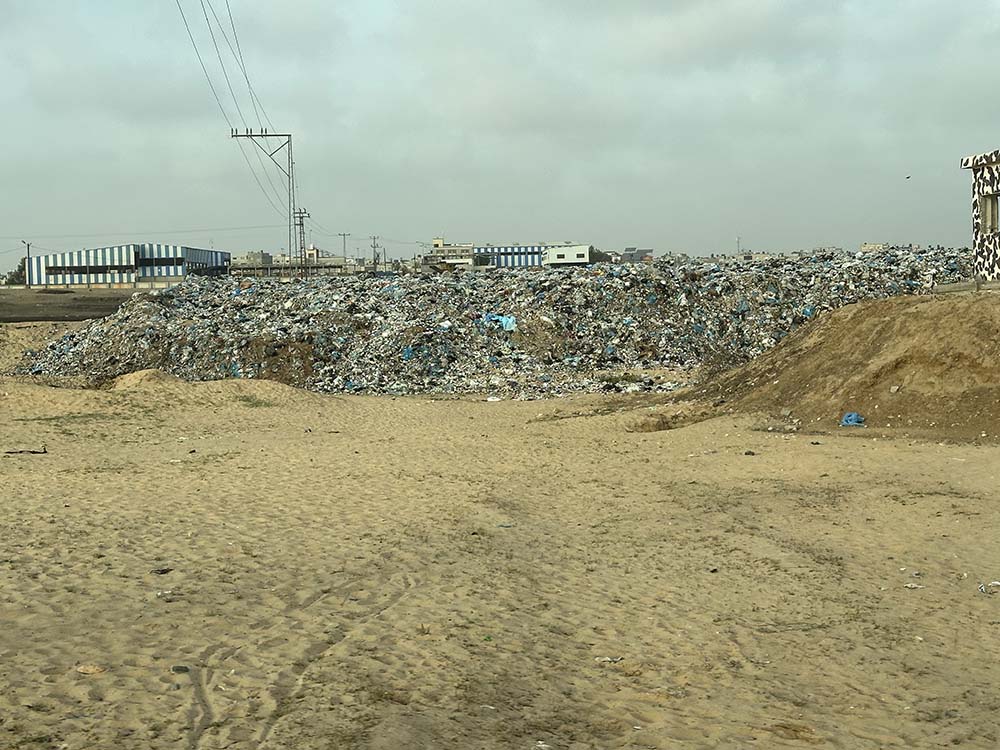
Distressing enough was it to see the elderly, lying on the floor helpless, but children brought in deceased from the heat. I vividly recall the moment a parent brought in his child, only a few months old wrapped in a yellow wrap. A tiny face, partially open eyes and a body the size of my forearm. Still fresh in my mind. The effects of a heat stroke that had killed the child.
I questioned whether this would have happened if the child was living in the security of his own home, rather than being one of the million internally displaced people living in the tents. Children presented with bomb blast, gunshot and shrapnel injuries, so confronting I struggled to reconcile my own morality with the harsh realities of the current situation. Was it better for these children to die of their injuries than to live a life of disability, fear and pain?
Among the many children we treated, certain cases and stories remain unforgettable.
Hamza, a 6-year-old boy, injured in a bomb blast whilst playing with his siblings and friend in a makeshift play area, near to his tent. He presented with head, chest and abdominal injuries taking his last breath in front of our eyes and we could not save him.
Fatima, 7 years old, another bomb blast victim, her left arm blown off. Her parents brought her arm wrapped in a towel. She survived after surgery, but her life now had changed for ever.
Jamal, a 12-year-old, presented with a shrapnel injury to his abdomen and pelvis, causing his abdominal wall to tear, exposing his intestines. His penis, bladder and rectum had disintegrated and a piece of his bowel coming out of the exit wound in his right buttock. He was rushed to the theatre to control bleeding and repair what was possible. There were no ICU beds and all he received was paracetamol for pain relief after having had the most horrific of injuries. Jamal passed away later that night, but what was most disturbing was he had a painful, horrible death, which no human should deserve, be it in Gaza or anywhere else in the world.

These were just a few of the cases we saw, in our two-week mission in Gaza. I grappled and continue to struggle to justify our inaction at these atrocities and the absence of humanity in this situation. We all share the one world, yet, voiceless in the support of one another. It’s been just over a month since I have returned from Gaza. The smell of the hospital, sounds of drones, and faces of the people are still vivid in my mind. For peace to prevail, the humanity in us needs to alight.
The people of Gaza are resilient and show unimaginable strength in the face of extreme hardship, much of which is attributed to their strong faith. The children of Gaza have lost their childhood yet look to the world with hope to end this war and reclaim their future. It is now, more than ever, that we need to stand up and be the voice for the unheard, call for an immediate cease fire and allow entry of humanitarian and medical aid.

